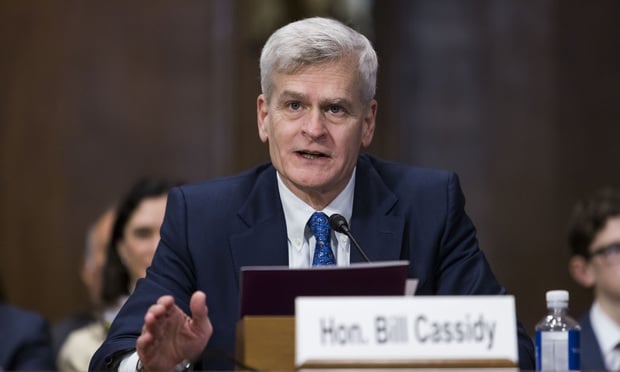Just when it looked like California couldn't take any more of the spotlight in the national retirement scene – after a summer of pension-restricting legislation, lawsuits and more – the Golden State has gone and upped the ante.
And gone into the retirement business for the private sector, no less.
New legislation signed last week takes the financially battered and bruised state in a totally different direction, one that's been talked about at the national level (the Harkin "USA Funds" private retirement proposal, and ones like it) but never seen before in action at the state level.
Recommended For You
The new California Secure Choice Retirement Savings program will bring state administration to a private sector-focused retirement program, aimed at about six million lower-income workers who are excluded from other plans or simply work at companies too small to offer such benefits.
UC Berkeley's Center for Labor Research and Education points out that California leads the country in excluding private workers from retirement benefits: 84 percent of people working for companies with less than 25 people don't have access to any kind of retirement plan.
When you examine it, the system does sound a lot like the Harkin plan: Employers withhold 3 percent of their workers' pay – unless the employee opts out – and the money will go into a massive and collective "savings account" to be managed professionally, either independently or in tandem with the existing public pension system.
A nice idea, of course, especially for people disenfranchised from more traditional pensions or 401(k)-styled offerings at larger employers, or the impressive benefits still offered to current state employees and teachers (but soon to be severely restricted for new hires).
The complaints started early, and haven't died down yet.
Republican state senators noted, not incorrectly, that the massive CALPERS system hasn't done a particularly hot job of managing its own investments, with a 1 percent return last year on billions and billions of dollars and $100 billion in unfunded liabilities.
To that end, if you sign up for the program, you'll be forced to sign a waiver agreeing that the State of California is not liable if the fund actually loses some (or all) of the money invested, through substandard investments.
All of that has created a field day for bloggers and riled-up online commenters over the last half week, especially in infamously conservative Orange County, where the local OC Business Council roundly slammed the idea:
"So, based on the strength of its fiscal management skills, the state would like to jump into the deep end of the red ink and develop a NEW pension system for the private sector. 'No, really, trust me, THIS time I know what I am doing.' Encouraging folks at every income level to invest in their future is a great thing, but, hello! Pot, meet kettle."
Others are upset that the legislation calls for automatic enrollment, though as we've learned, that's the secret to success in every DC plan out there.
Ultimately, the system has to be shown to be financially self-supporting before it's officially adopted by the state – and as has been the case recently with a very expensive high-speed rail system whose completion is starting to become less and less likely, the public-private California retirement experiment might not even make it that far.
© Touchpoint Markets, All Rights Reserved. Request academic re-use from www.copyright.com. All other uses, submit a request to [email protected]. For more inforrmation visit Asset & Logo Licensing.






